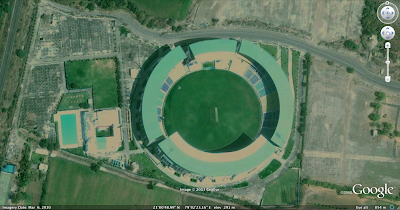original post by Eduardo Thuler, product manager
On Monday, we celebrated Orkut's 7th birthday with a doodle. Thanks to you, our users, Orkut is still going strong, and we continue to work hard at improving it for you all.
Since 2005 we've launched more than 30,000 visible and invisible improvements to keep Orkut fresh and useful for you. Some of the more visible of the changes that you may have seen in the last year include photo editing right inside Orkut via Picnik, badges, themes, branded communities and many more. Innovating on features that users would love is important to us, so we were happy to be the first to offer Groups, an easy-to-use privacy dashboard and high-resolution video chat inside Orkut.
Photos and scraps continue to be strong features, and over the last month, we've hit a few records. On Christmas Eve, users shared 93 milion scraps, an all-time high, and on January 3rd after New Years, users viewed 1.6 billion photos, which is almost 19,000 photo views a second. For context, YouTube crossed the 1 billion video view mark in October 2009, and crossed the 2 billion mark in May of last year.
To help us innovate on features and obtain good feedback on possible product improvements we run experiments, much like the Google homepage does. For example, we know that users like to see updates from their friends on orkut. While we usually show about 20 friend updates at most, could it be that more updates are better? To answer the question, we ran an experiment to show 40 friend updates to 1% of our users. While some users clicked on, commented and replied to these updates, we learned that others interacted less due to the increased time it took us to show them the extra updates. In this experiment, we received enough information to realize that more updates were probably not better for our users -- so of course, we decided not to move forward with that idea. On the other hand, most of our recent launches came from successful experiments.
Users also love apps inside Orkut, and spend much of their time playing social games by top app developers such as Vostu (developer of Mini Fazenda, Café Mania), Mentez (Colheita Feliz, Vida nas Passarelas), Studio Sol (Eu Sou, Minha Música) and others. For many of our top developers, Orkut represents the majority of their business, which means, more great games for all of you. A few fun stats to share: Mini Fazenda has 17 million users (and 2.5 billion seeds planted every month!), Café Mania with 13 million users (1.25 billion dishes created every month) and Eu Sou with more than 28 million football-related application installs!
As part of our birthday celebration, we launched an official branded community for Orkut users at www.orkut.com/orkut and we are releasing a special anniversary theme. Join the community and share your favorite moment on Orkut with us. And if you have a lot of ideas about our products, we're hiring! Check out google.com/jobs to find out more. Thanks again to you, our users. [tags:#orkut, #orkut7]
see also
http://en.blog.orkut.com/2011/01/orkut-is-still-going-strong-after-7.html
http://gmailblog.blogspot.com/2011/01/desktop-notifications-for-emails-and.html
http://googleblog.blogspot.com/2011/01/tech-for-good-catching-up-on-googleorg.html
|
|

















